It is not unusual to hear coyotes howling in the night where I live. Like the haunting call of a loon echoing across a lake, or the flutelike song of the wood thrush in the foggy forest, hearing them howl makes me smile.
I see coyotes often on my trail cameras, usually a pair, or several adults traveling together under the cover of darkness. When I lived in New York State on the Great Swamp I spent many hours in winter following the tracks of coyotes on the frozen river. It always made me happy to see two pairs of tracks heading off through the snow. They seemed like best friends always ready to share the adventure together. Here in NC it’s the same: coyotes often travel together, as I know from footage on my trail cameras.
It breaks my heart that people can be so cruel to coyotes and I fail to understand why. Americans seem to love their dogs so much–and their wilder cousin the coyote is similar so why the hatred and abuse? One doesn’t have to look far to find evidence of this. The humane Society says, “They die in wildlife killing contests, which award prizes for shooting the most animals the fastest. They’re victims of aerial gunning, poisoning and trapping by federal agents engaged in a century-old, fruitless battle to eradicate them from ranching country. More recently, they’ve confronted newer threats—persecution by local communities, where their mere presence makes headlines: “Coyote sighting puts Cary neighbors on high alert.”
Perhaps some of the hatred and persecution comes from ignorance. Perhaps with education we can alter opinions and change minds. I know you’ll help me spread the word. Thanks in advance!
Let’s look at a few facts about coyotes:
- Coyotes control their own numbers (Contrary to what many humans believe); They practice birth control. From Coyote_ Center, “Females can only become pregnant ONCE a year for a very short time in late winter. In difficult times when food is not available, she may miscarry her unborn pups, or the pups may be born small and weak, and often do not survive. In times of abundance she may give birth to healthy robust pups whose chance of survival is much greater… Only one set of pups is permitted so even if there are other adult females in the group, only one will have pups.” An average coyote litter is 5-7 pups.
- Coyote pups are born tiny, blind and dependent on their parents. They do not know how to hunt or find food but must learn all of that from their parents and other adults raising them. Coyote dads are dedicated, hunting and then regurgitating food for the pups and nursing mom.

3. Young coyotes leave the den about three weeks of age, under the watchful eye of the adults of course. Parents teach them how to hunt from 8-12 weeds of age. The pups will stay together with their family through the summer and into the fall. Females may remain with the family until until the following year but males will set out on their own to establish a new territory elsewhere.
4. Coyotes are extremely loyal animals and will mate for life. If their partner dies they will take a new mate.
5. Coyotes are omnivores though most of their diet consists of small mammals like mice, voles, moles, rats, prairie dogs, and rabbits. They will also eat grass, berries, insects, frogs, fish, bird eggs, cat food, garbage and even road kill.
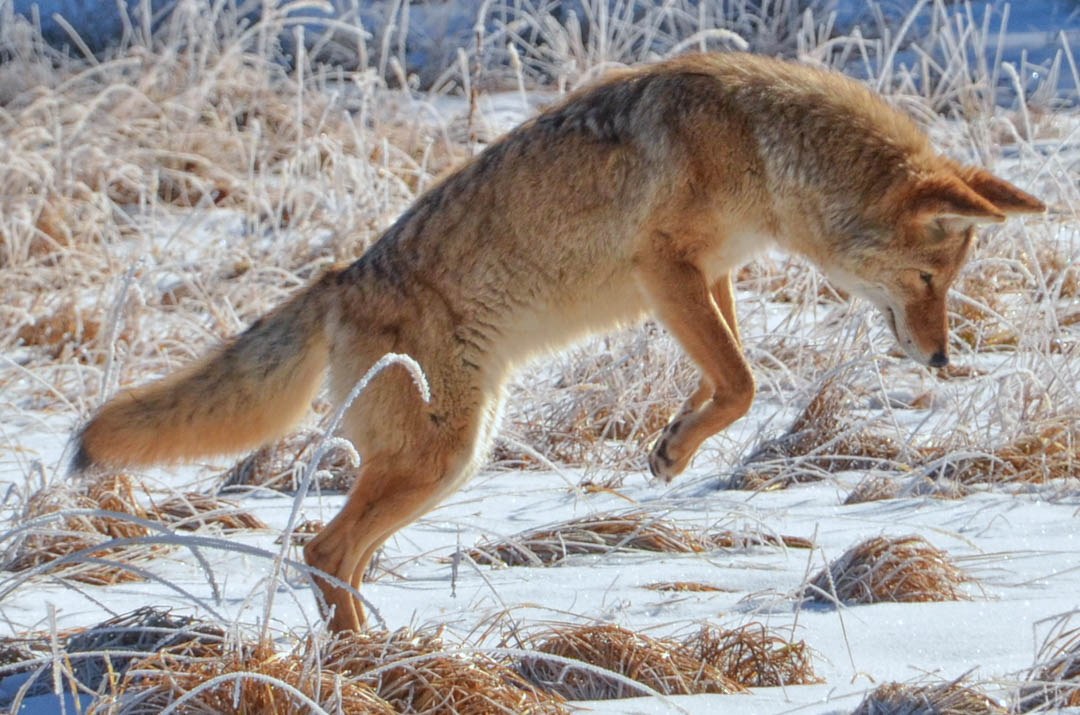
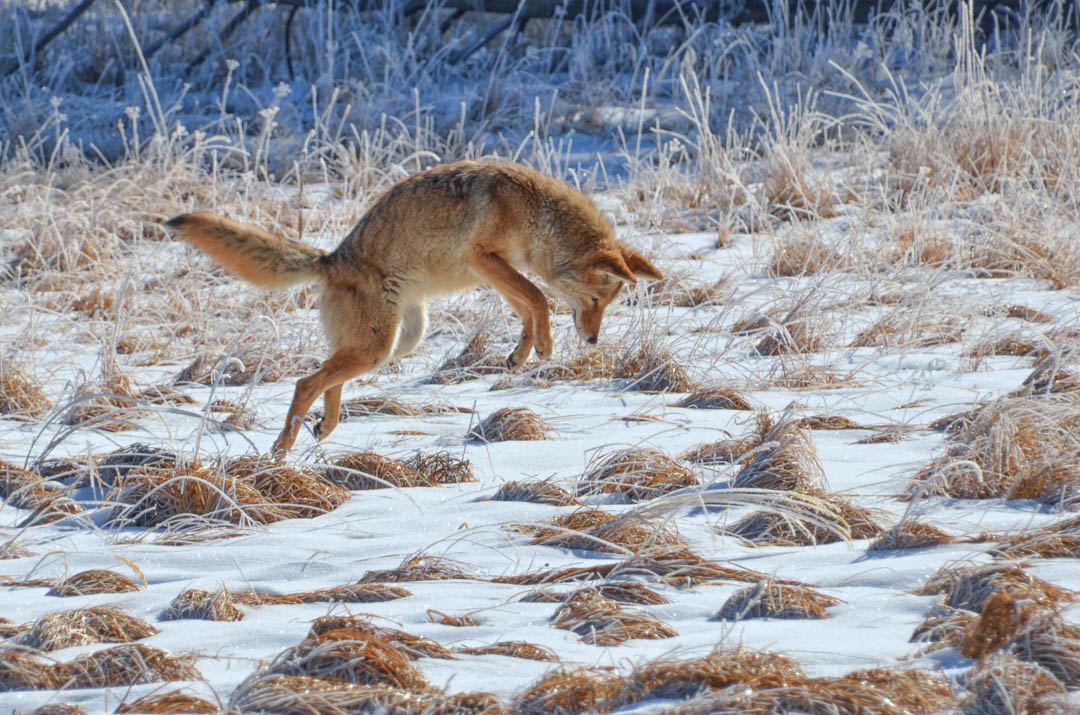
6. Out west where there are honey badgers, the coyote and the badger will often work together when hunting. Scientists discovered that when these two animals hunt together, their chance for success is higher than when each animal hunts alone.
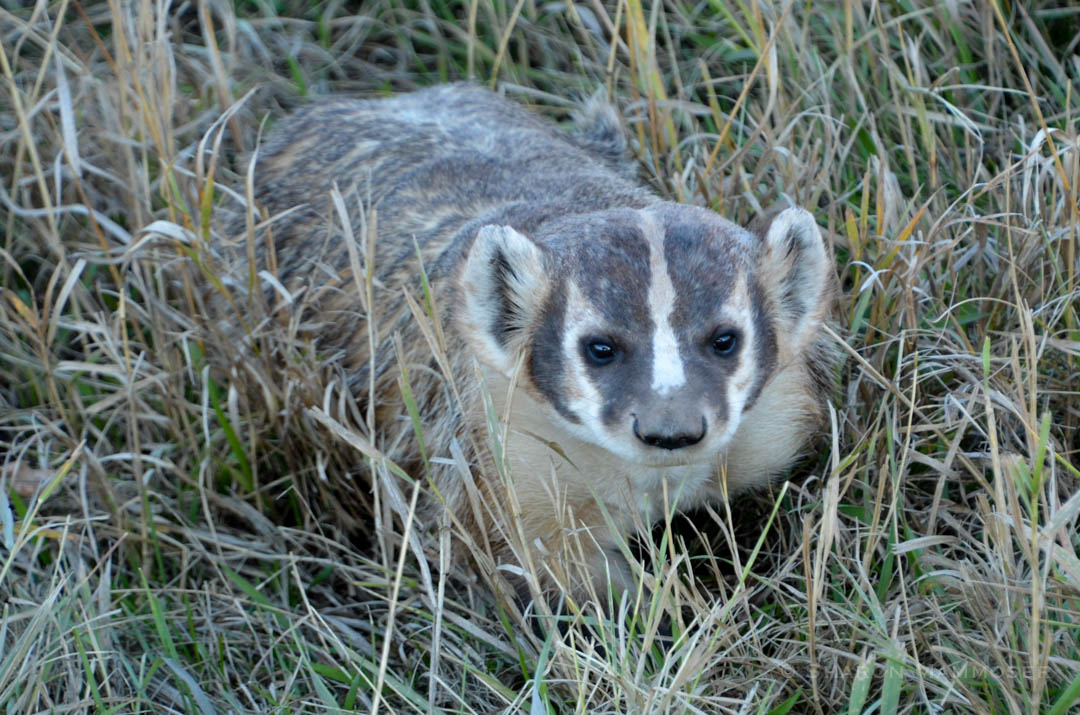
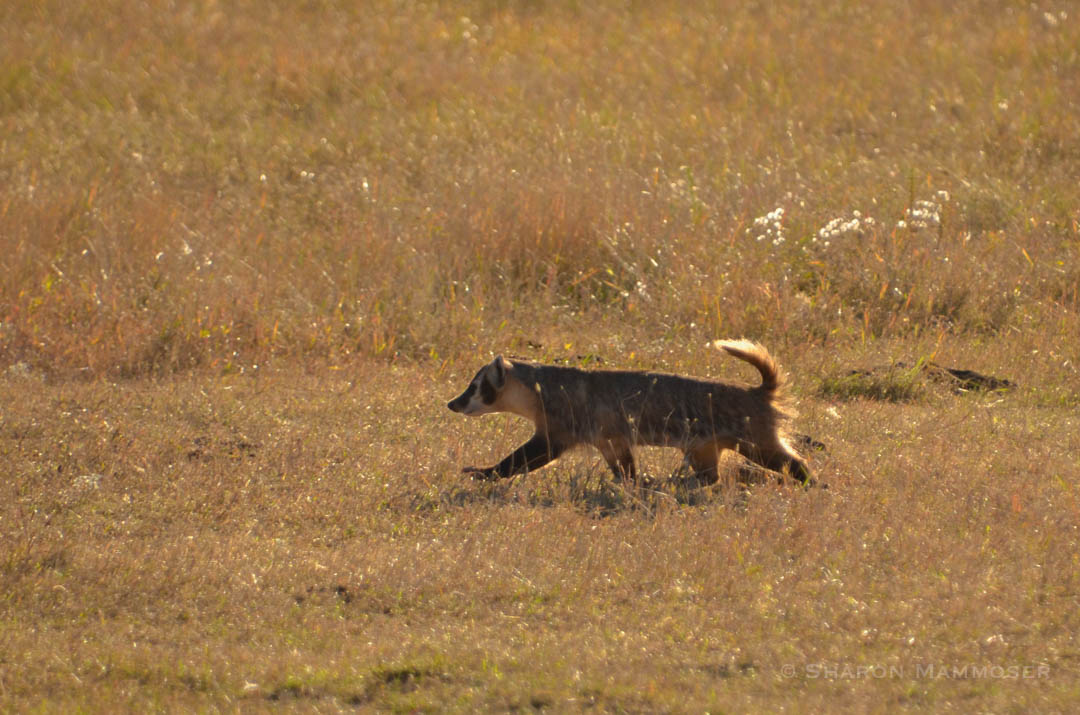
7 Coyotes will hunt at anytime of the day or night, especially if they have pups to feed. Thus, it is not unusual to see a coyote out during the day. This is not cause for alarm!
8. Coyotes weigh between 25-35 pounds.
9. Coyotes howl for many reasons and have multiple sounds for communication. They may howl to gather the family together after hunting. They howl when they are reunited. They howl to advertise their presence to other coyotes and defend their territory. Howling is just a type of communication for coyotes. They also yip, bark, growl, whine and huff, and as you would expect, each sound means something different.
10. Because they are smart and adaptable, coyotes now live in every state except Hawaii. They live in most all ecosystems including forest, wetlands, deserts, tundra and grassland, and even in cities and suburbs.
Coyotes are important members of the ecosystems and play a role in predator control, especially in cities and residential areas where they feed on rats and mice. One of the biggest misconceptions of humans is that we need to control their numbers. Studies through the years have shown that this is completely untrue, and based solely on misconception of humans. Coyotes control their own numbers! Let’s just try to live in peace with them, existing with them instead of trying to get rid of them.
The best way to avoid a conflict with a coyote is to keep your dog on a leash when you go for a walk, not feed your cat or dog outside and don’t allow your pets to roam freely, especially at night. And if you want to help the coyotes, and other animals, the best way to do that is keep them wild. Don’t feed them, but you can put out water, especially during super hot weather and in times of drought. Like all animals, they require food, water, shelter and space.
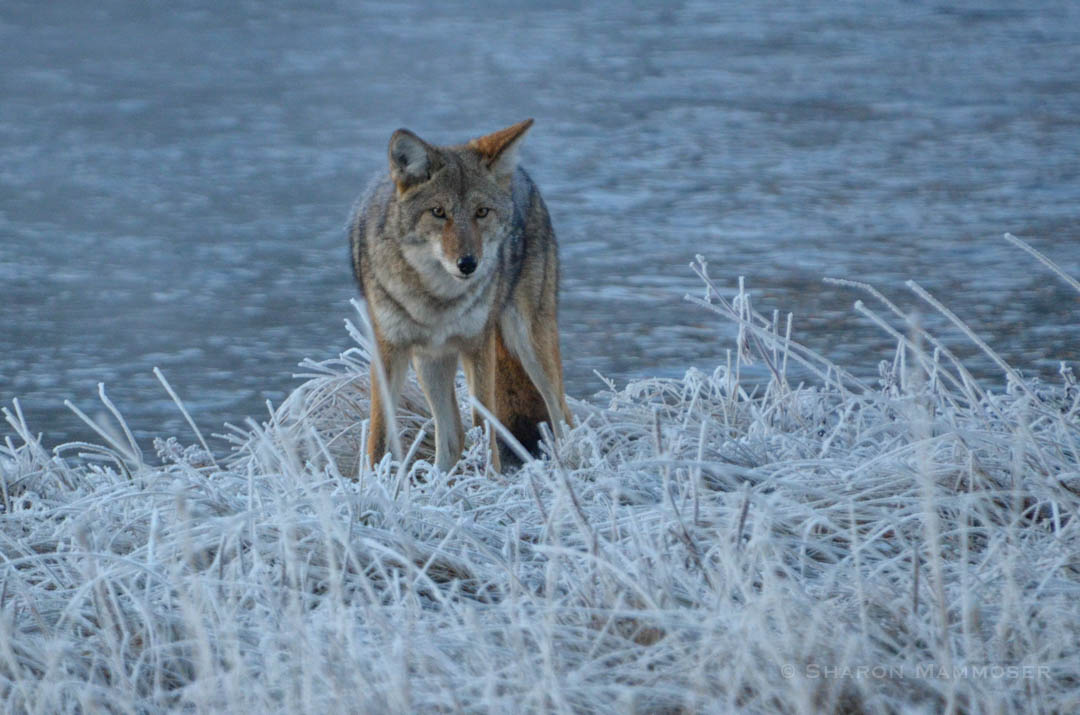
Happy wildlife watching!

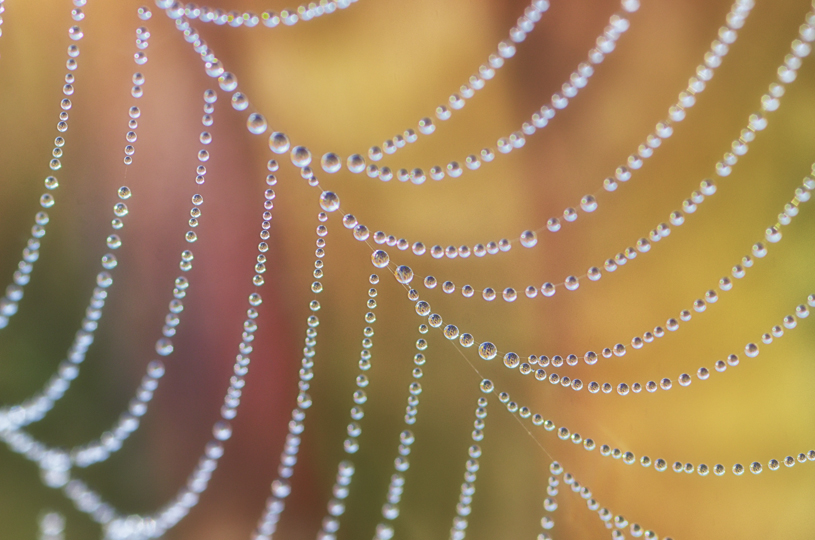
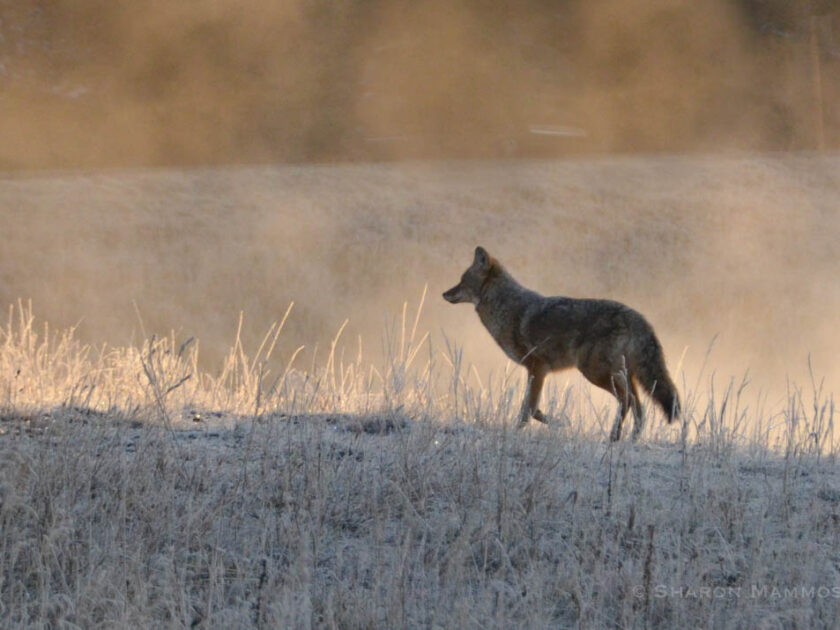
Lollygagger – Long time since we spoke. Hope all is well. Nothing like being outside (especially in winter) and hearing coyotes howling close by. Still love reading your articles and still think about you. Take care friend ❤️
Hey Bill, thanks for keeping up with the posts all of these years and for taking time to comment! I agree that hearing coyotes howling in winter is a special treat. It’s one thing I miss about living in NY and getting to walk on the frozen river that was behind my house–hearing coyotes while standing in the open with the swamp surrounding me was soul food.
Love your excellent post on coyotes. We love hearing them howl here and enjoy it even more after learning so many facinating things about these amazing animals!
Hey Rebecca, So glad you found the post helpful. And I’m happy to hear you all enjoy hearing the howling coyotes!!